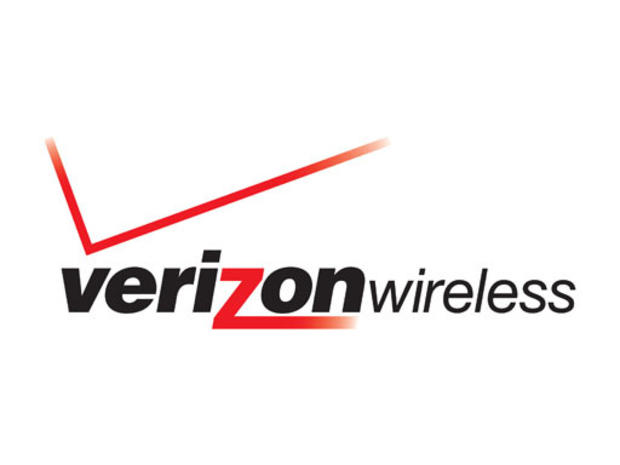New Verizon Share Everything plan, tips for managing data use
(AP) Verizon's new Share Everything plans provide unlimited texting and calling. The only thing for subscribers to monitor is data use, but that's tricky business. Different types of activities consume vastly different amounts of data. Here's how they break down.
- Streaming video and videoconferencing. The biggest data consumption offender. One hour of YouTube-quality video eats up 120 megabytes, or 12 percent of Verizon's cheapest new data plan, at 1 gigabyte per month. You can watch YouTube video, but don't make your iPhone a replacement for a TV. It's better to indulge in YouTube and Netflix if you're on Wi-Fi, where data use doesn't count against your monthly allowance.
- Streaming audio. The second biggest offender, and potentially more serious. While video is something we need to see to enjoy, Internet radio is more of an accompaniment to other activities, such as jogging, driving or doing dishes. That means some people
like to keep it on for hours. One hour a day of Pandora consumes nearly a gigabyte. Better go for at least a 2-gigabyte plan, if Internet radio is your thing.
- Application downloads. Phone applications vary greatly in size, but they can be huge. Apple limits application downloads over cellular networks to 50 megabytes, but even so, they can consume an appreciable part of your data plan if you have a lot of apps. Google's Android software has no limit, and its apps can be as large as 4 gigabytes, though most are less than 50 megabytes.
If you're connecting a PC to Verizon's network, the sky's the limit for the size of application downloads: many PC programs are hundreds of megabytes.
- Photos. If you're a real shutterbug, photos can consume significant amounts of data. Sending and viewing photos both count toward your monthly limit. Posting 10 photos per day eats up about 200 megabytes per month.
- Maps. Navigation apps consume lots of data when they retrieve map images, up to a megabyte a minute. You're also likely to use them for long periods of time when you're away from Wi-Fi, such as when you're driving. Watch out for these.
- Web surfing. Web pages vary widely in size, so this will depend quite a bit on whether you like to visit graphically rich sites (lots of data) or spare, text-oriented ones (less data). But roughly speaking, 20 pages a day will eat up 20 percent of a 1-gigabyte plan. Those on plans of 2-gigabytes or more don't need to worry about surfing.
- Facebook. Roughly equivalent to Web surfing. Status updates won't take much data, but sending photos and viewing friends' pictures will.
- Email. Most emails are tiny, in terms of data. Basically, you can send and receive email all you want, as long as they don't have attachments such as photos.
- Instant messaging. Like email, this is a very economical way to communicate.
- Twitter. Like email, these short messages don't use much data, but if you follow a lot of people and click on links, usage adds up.
- Weather apps. Small, focused apps that report simple but useful things, such as the weather forecast, save data (and time) compared with looking up the same information on a Web page.
